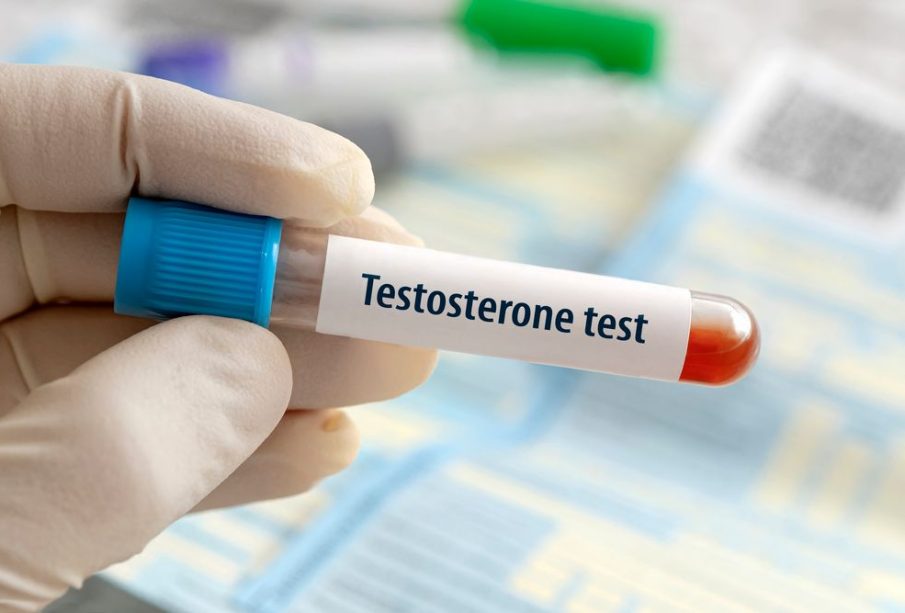Understanding the Process of Testosterone Replacement

Testosterone plays a key role in the development and maintenance of male characteristics and overall health. As men age, it’s natural for testosterone levels to decline, which can lead to various physical and emotional symptoms. For some, this drop becomes significant enough to require medical intervention. That’s where testosterone replacement comes into play. Understanding how this process works can help individuals make informed decisions about their health.
What Is Testosterone and Why Is It Important?
Testosterone is a hormone produced primarily in the testicles. It’s responsible for male secondary sexual characteristics, such as facial hair, muscle mass, and a deeper voice. It also supports bone density, red blood cell production, mood regulation, and sexual function. In women, it’s produced in smaller amounts by the ovaries and adrenal glands and contributes to muscle strength and overall well-being.
When testosterone levels fall below normal, symptoms may include fatigue, low libido, depression, irritability, reduced muscle mass, and difficulty concentrating. In such cases, restoring hormonal balance can significantly improve quality of life.
Who Might Need Testosterone Replacement?
Low testosterone, also known as hypogonadism, can result from aging, medical conditions, or injury to the testes. Men in their 40s and 50s commonly report symptoms, but younger men may also experience deficiencies due to genetics, medications, or chronic illness.
Before initiating any form of hormone therapy, a thorough medical evaluation is essential. This includes a detailed medical history, symptom assessment, and multiple blood tests to confirm low testosterone levels. Some individuals seek medical advice for general fatigue or mood changes, only to discover that hormonal imbalance is at the root of their issues.
How Testosterone Replacement Works
Testosterone replacement therapy can be administered through several methods, each with its advantages and drawbacks. Options include:
- Injections: Often administered every one to two weeks, injections are one of the most cost-effective methods.
- Topical Gels or Creams: Applied daily to the skin, these provide a steady release of testosterone.
- Patches: Worn on the skin, usually changed every 24 hours.
- Pellets: Implanted under the skin every three to six months, offering long-term, consistent hormone levels.
- Oral/Buccal Tablets: Placed between the gum and cheek to deliver hormones into the bloodstream.
Each method should be discussed with a healthcare provider to determine which best fits the patient’s lifestyle and health needs. One of the primary goals of testosterone replacement therapy is to alleviate symptoms while maintaining hormone levels within a healthy range.
Monitoring and Adjustments
Once therapy begins, regular follow-up appointments are essential. Doctors will monitor testosterone levels, red blood cell counts, liver function, and cholesterol levels to ensure the treatment is effective and safe. Adjustments may be necessary based on lab results or reported side effects.
It’s important to note that testosterone replacement is not a cure-all. It must be combined with a healthy lifestyle, including exercise, proper nutrition, and stress management, to achieve the best results.
Risks and Considerations
While many individuals benefit from testosterone replacement, it’s not suitable for everyone. Potential risks include acne, sleep apnea, increased red blood cell counts, and in some cases, elevated risks of cardiovascular issues. Men with certain cancers or prostate conditions may not be candidates for therapy.
Discussing the benefits and risks with a healthcare provider is vital before starting treatment. The decision should be based on individual health goals, current hormone levels, and personal medical history.
Conclusion
Understanding the process of testosterone replacement empowers individuals to take control of their hormonal health. From diagnosis to treatment and ongoing monitoring, every step should be approached thoughtfully with professional guidance. When used appropriately, testosterone replacement can greatly enhance quality of life and well-being.
















